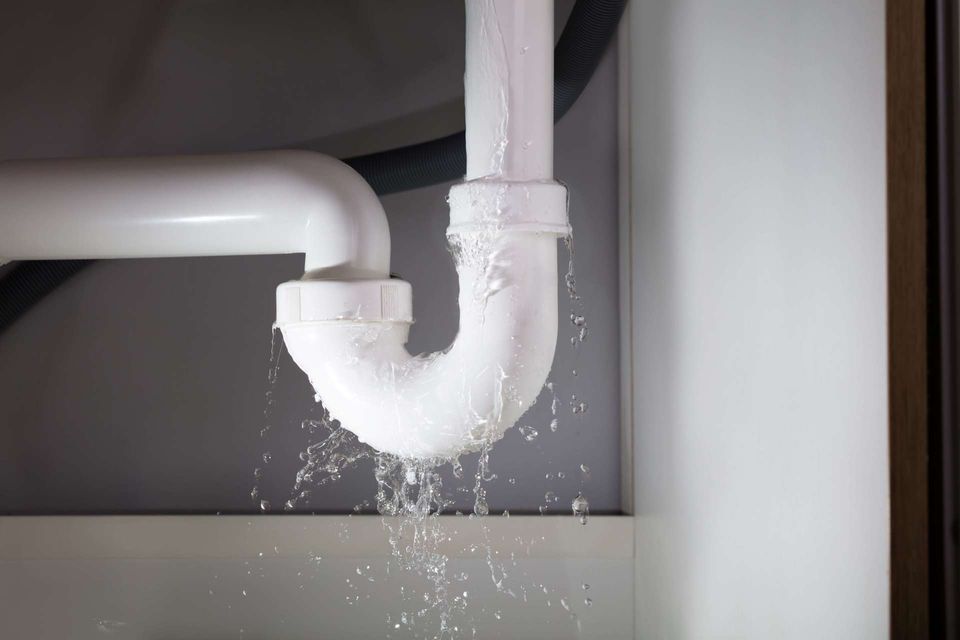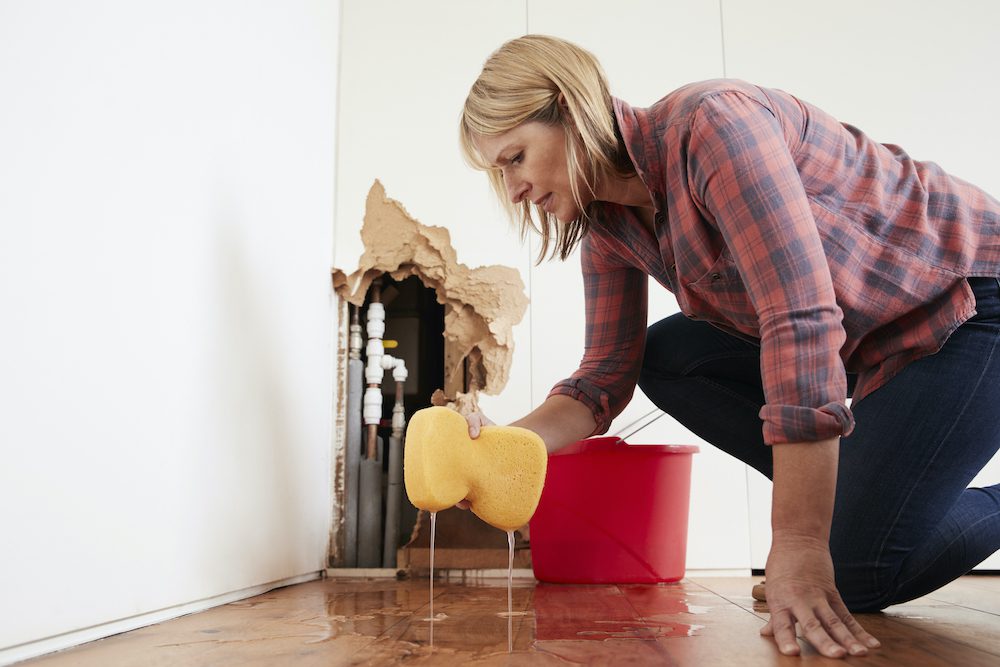Overview To Water Leak Detection In The House
Overview To Water Leak Detection In The House
Blog Article
They are making a few good annotation on Top leak detection hacks in general in this content on the next paragraphs.

Early discovery of leaking water lines can alleviate a potential catastrophe. Some tiny water leaks might not be visible.
1. Take A Look At the Water Meter
Every house has a water meter. Inspecting it is a guaranteed manner in which helps you find leakages. For starters, shut off all the water resources. Guarantee nobody will certainly flush, make use of the faucet, shower, run the washing device or dishwashing machine. From there, go to the meter as well as watch if it will certainly transform. Because nobody is utilizing it, there should be no motions. If it relocates, that shows a fast-moving leak. Similarly, if you spot no changes, wait a hr or more and examine back once more. This indicates you might have a slow leak that could even be underground.
2. Check Water Consumption
If you spot sudden adjustments, regardless of your intake being the exact same, it implies that you have leakages in your plumbing system. An abrupt spike in your expense suggests a fast-moving leak.
A steady rise every month, even with the same behaviors, shows you have a slow leakage that's likewise slowly rising. Call a plumber to completely check your building, particularly if you feel a cozy area on your flooring with piping beneath.
3. Do a Food Coloring Test
When it involves water usage, 30% originates from bathrooms. Test to see if they are running appropriately. Decline specks of food shade in the storage tank and wait 10 minutes. There's a leakage in between the storage tank and also bowl if the shade in some way infiltrates your bowl throughout that time without flushing.
4. Asses Outside Lines
Don't neglect to check your exterior water lines as well. Must water permeate out of the link, you have a loose rubber gasket. One small leakage can squander tons of water and also increase your water expense.
5. Analyze the situation and inspect
Property owners must make it a routine to inspect under the sink counters as well as even inside cupboards for any type of bad odor or mold growth. These 2 warnings suggest a leak so prompt attention is required. Doing regular inspections, even bi-annually, can conserve you from a significant issue.
A lot more significantly, if you understand your residence is currently old, keep a watchful eye on your heaters, hoses, pipes and so on. Check for stainings as well as compromising as many appliances and also pipelines have a life expectancy. They will certainly likewise naturally wear away because of wear and tear. If you suspect dripping water lines in your plumbing system, don't await it to intensify. Call an expert plumber immediately so you do not end up with a terrible mess in your home.
Early detection of dripping water lines can reduce a possible disaster. Some little water leaks may not be noticeable. Checking it is a guaranteed means that helps you uncover leaks. One small leakage can throw away loads of water and also spike your water expense.
If you believe leaking water lines in your plumbing system, don't wait for it to intensify.
WARNING SIGNS OF WATER LEAKAGE BEHIND THE WALL
PERSISTENT MUSTY ODORS
As water slowly drips from a leaky pipe inside the wall, flooring and sheetrock stay damp and develop an odor similar to wet cardboard. It generates a musty smell that can help you find hidden leaks.
MOLD IN UNUSUAL AREAS
Mold usually grows in wet areas like kitchens, baths and laundry rooms. If you spot the stuff on walls or baseboards in other rooms of the house, it’s a good indicator of undetected water leaks.
STAINS THAT GROW
When mold thrives around a leaky pipe, it sometimes takes hold on the inside surface of the affected wall. A growing stain on otherwise clean sheetrock is often your sign of a hidden plumbing problem.
PEELING OR BUBBLING WALLPAPER / PAINT
This clue is easy to miss in rooms that don’t get much use. When you see wallpaper separating along seams or paint bubbling or flaking off the wall, blame sheetrock that stays wet because of an undetected leak.
BUCKLED CEILINGS AND STAINED FLOORS
If ceilings or floors in bathrooms, kitchens or laundry areas develop structural problems, don’t rule out constant damp inside the walls. Wet sheetrock can affect adjacent framing, flooring and ceilings.
https://www.servicemasterbyzaba.com/blog/how-to-detect-water-leakage-in-walls/

I was made aware of that report about Top leak detection hacks through an acquaintance on a different web address. Don't hesitate to take a moment to share this blog entry if you liked it. Thank-you for going through it.
Report this page